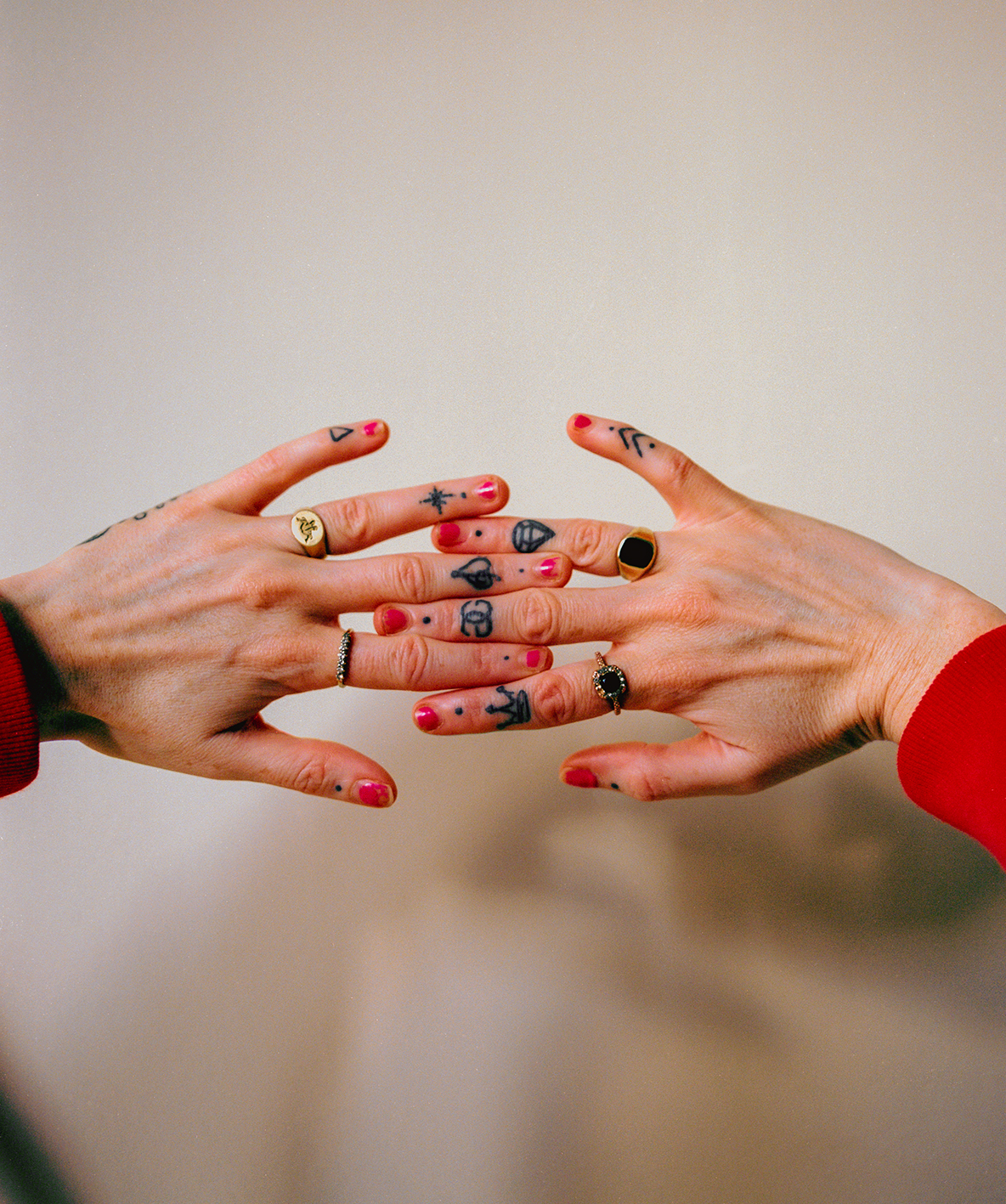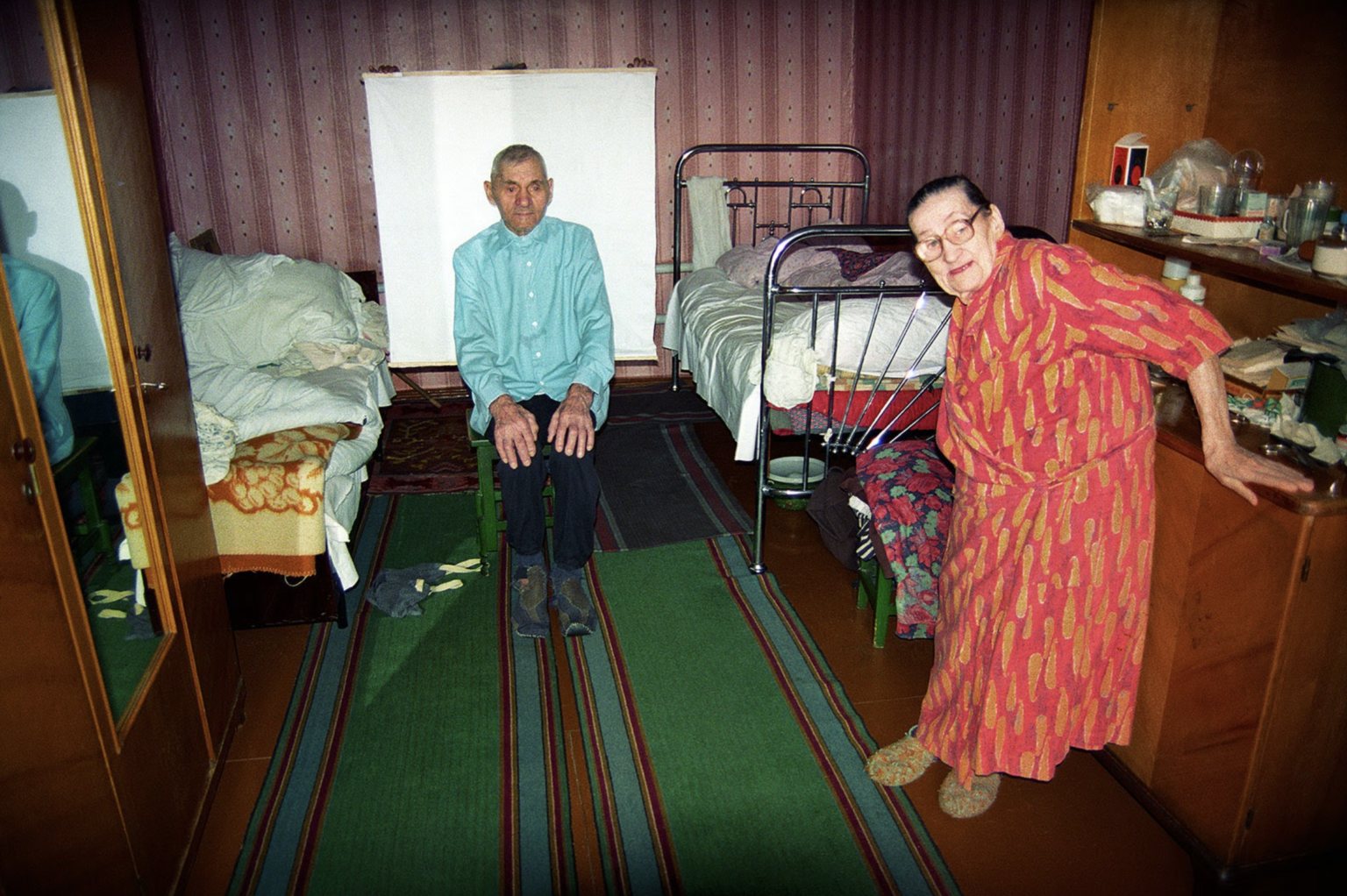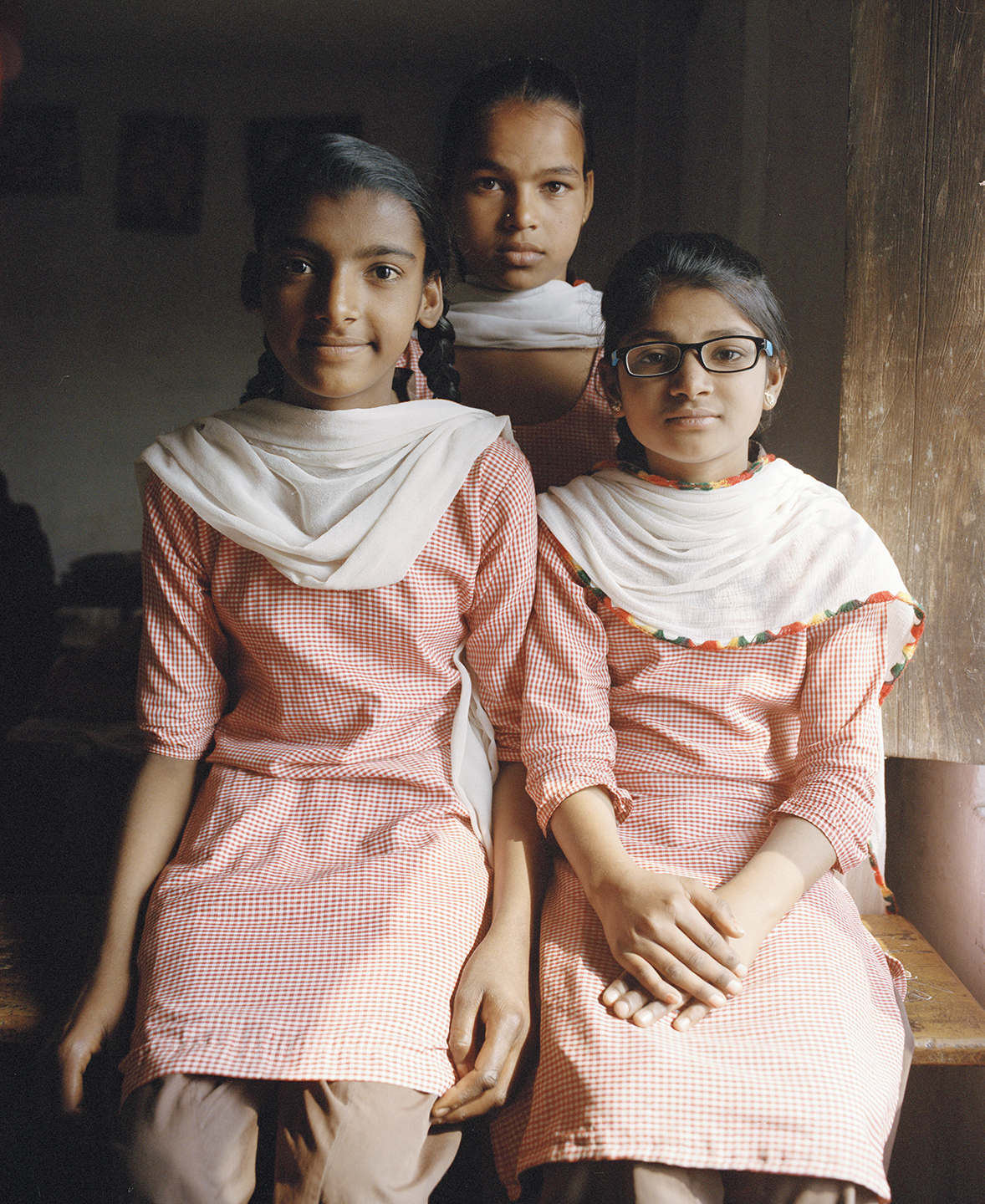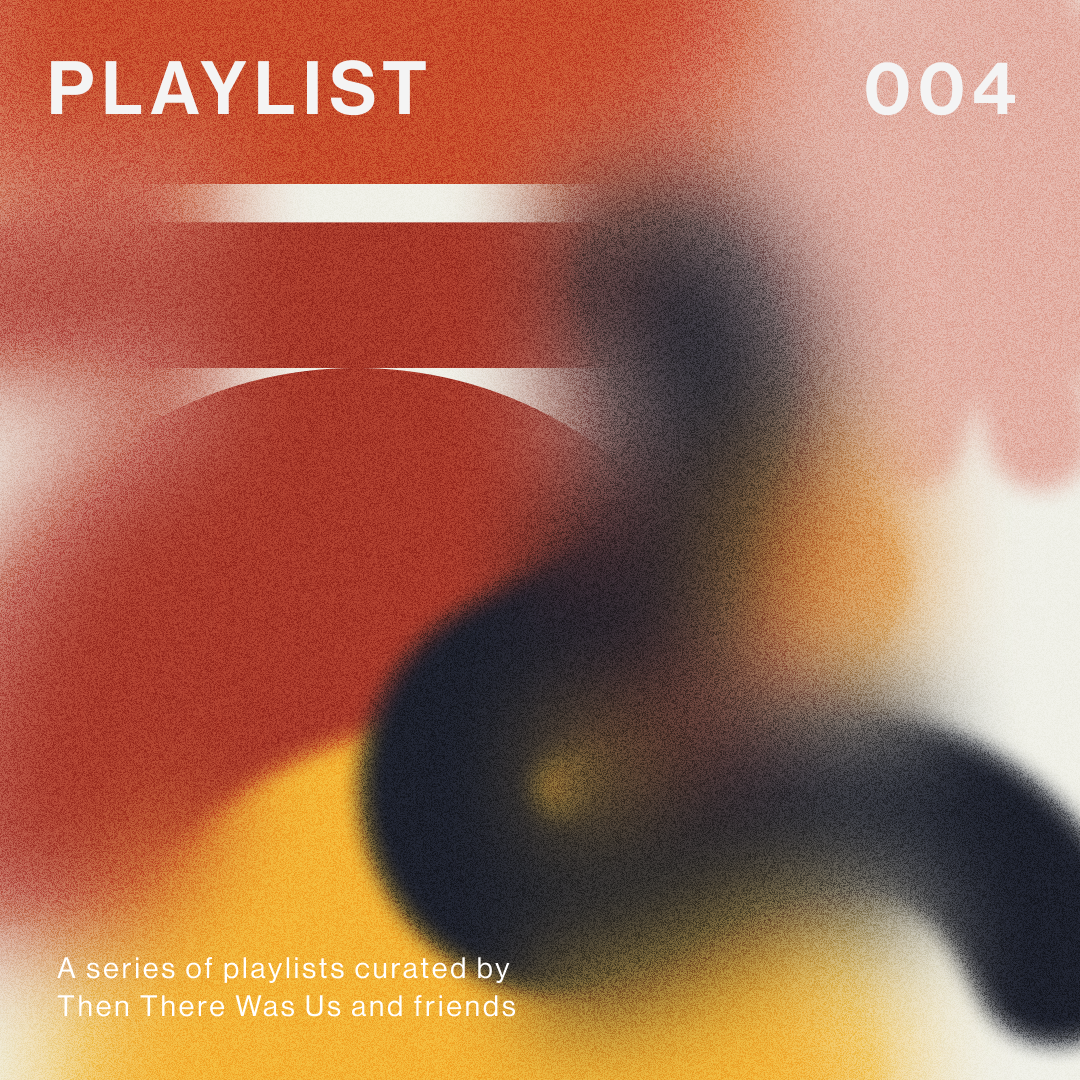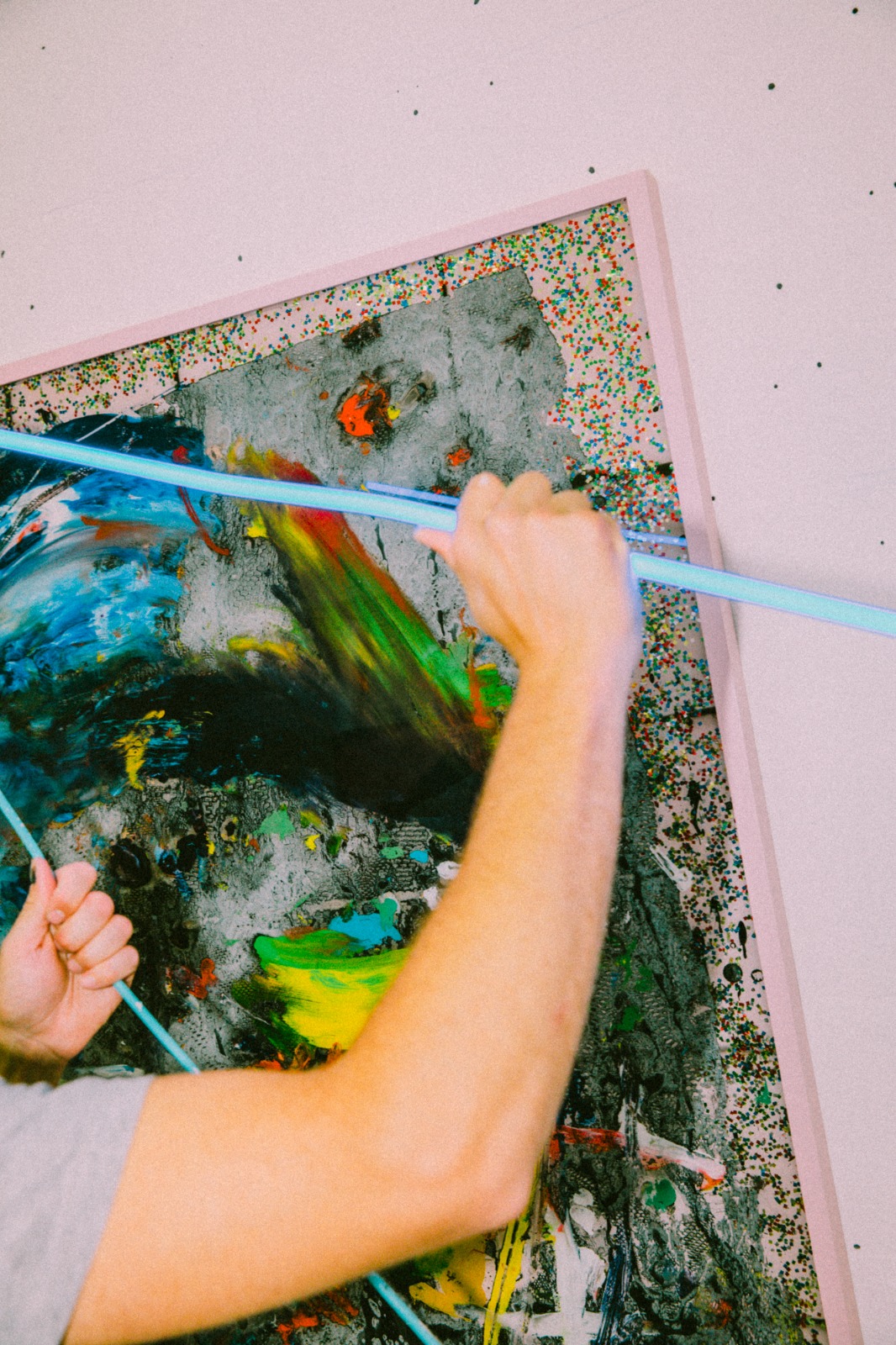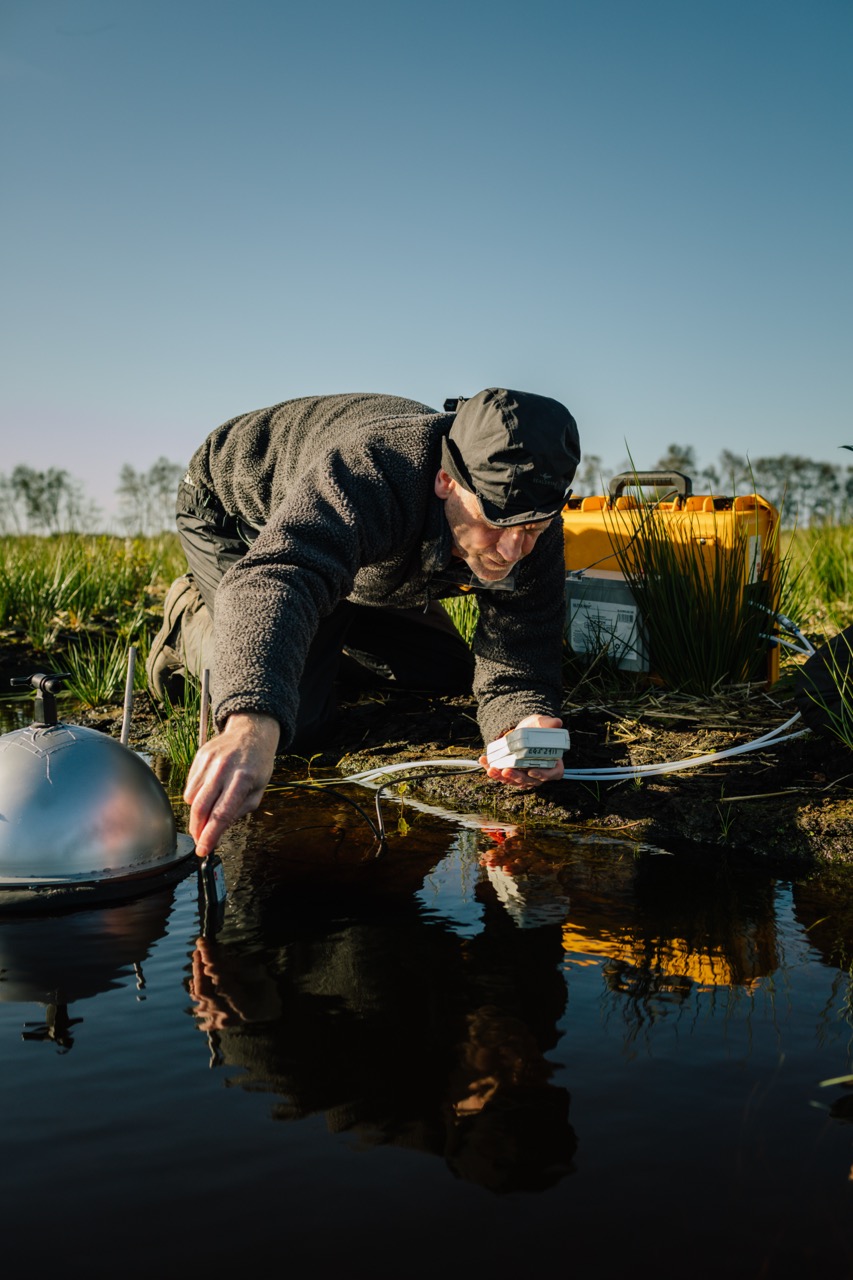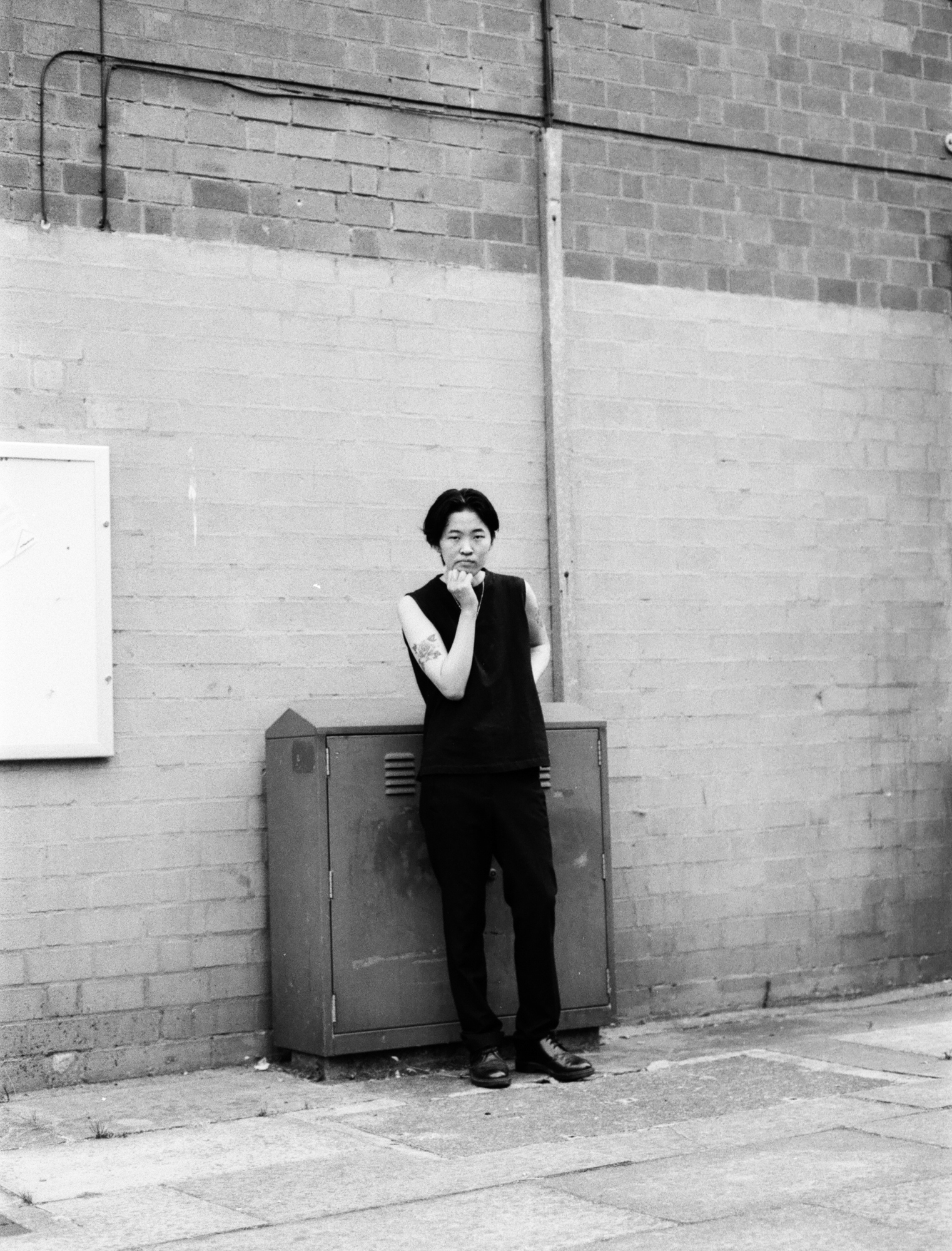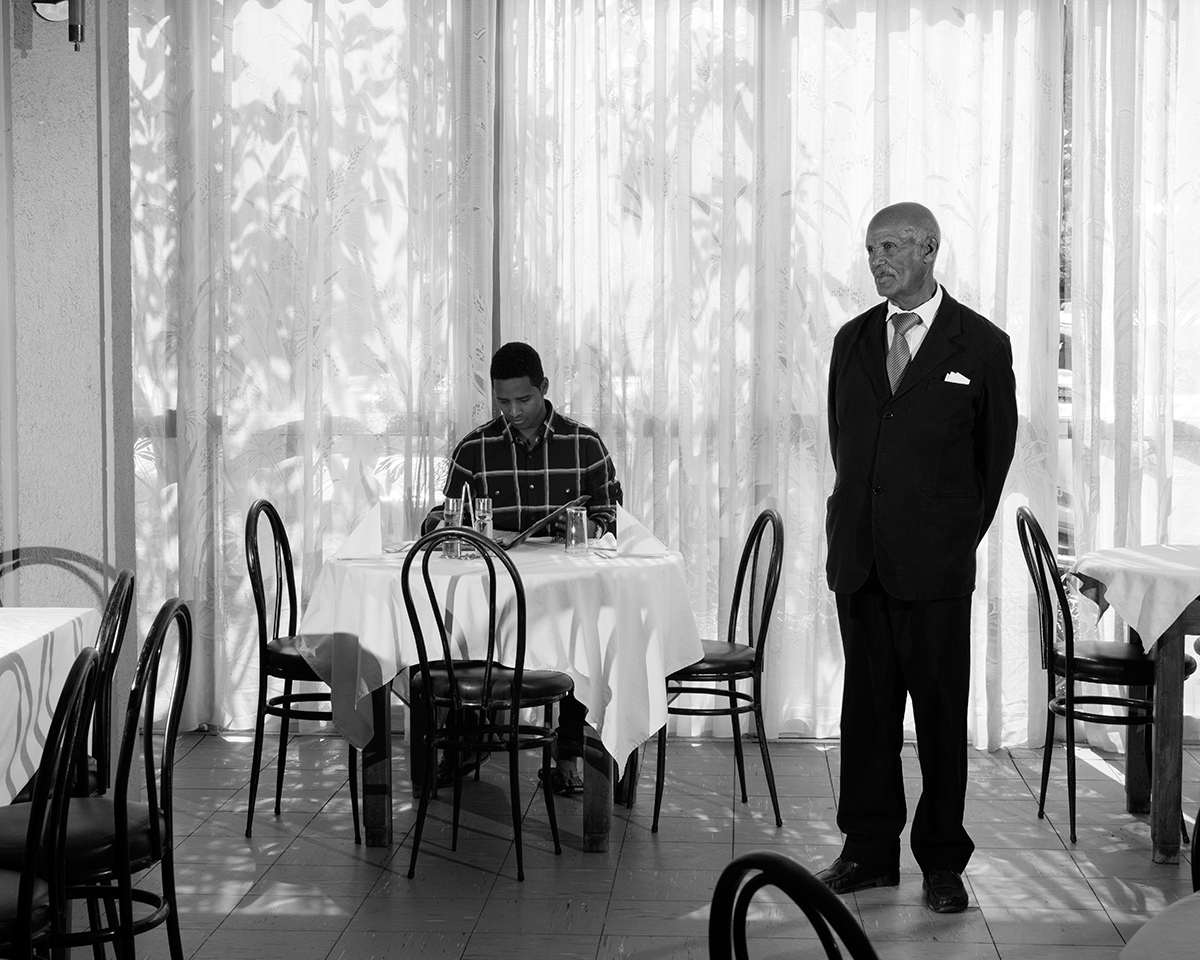The creative industry is considered as one of the most competitive fields to work in. However with the increasing amount of collaboration that is occurring, there is beginning to be a shift within that view, creating something that is instead inspired by community and support.
The music industry is setting an example for how collaboration can be done, with most professional artists including this into their practice. To gain a greater insight into why this is, we have spoken to three individual musicians hearing their experiences and thoughts on collaboration: Grace Grundy, a singer-songwriter that is well recognised for her cover songs which have gained the attention of hundreds of millions of listens, Dread MC, a dance vocalist and frontman for My Nu Leng who has played at prestigious festivals such as Glastonbury, Reading and Leeds, and Shosh, a producer and DJ, presenter on Kiss FM and label manager of 24hr Garage Girls.
Grace Grundy
As a singer-songwriter, collaboration is at the core of everything Grace does. She will often go into song-writing sessions where she will work with a top liner and producer to cocreate a song. The chemistry and people in the room play a large part on the output of the song, “you have to feel comfortable and understood” by others to curate something that is of authentic self-expression. She explained that she “had to learn really quickly to value when someone doesn’t think something I have said is good, obviously you need to believe in yourself, but there is so much to be said for hearing out other people’s ideas”. A large basis of collaborative work is understanding compromise and respecting people’s opinions, this way when you work with people “you end up with something that is more universal and can connect with more people”. This is a large motivation for collaboration because when you are working with someone you are not only gaining their expertise but it often becomes the fusion of different sounds, and genres of music meeting. By bringing together different audiences it expands viewership, helping to build growth through community, a concept that is well recognised within the music industry.

Dread MC
Dread’s process for working with other artists, usually begins when he is sent an instrumental. He loads it up and immediately tries “MC’ing over the top of the beats”, which is then followed by listening to it back and documenting any lines that he likes. There is something significant about this initial freestyle; a sense of presence in the moment, where lyrics are formed based on instinct and feel rather than thought, a way of working that can never be recreated in the same way again. This is also consistent with the live shows that he performs at where he ad-libs to the crowd. To some extent it can be recognised as a form of collaboration with the audience. He describes it as a “hosting style with a little bit of lyrics, like I am a raver, I like MC’s but I want to hear the music at the same time, my main thing is about having a good balance so I am there to compliment the music, interact with the crowd, and try to bring all of that together so that you are almost getting a stage show”.

SHOSH
SHOSH explained to me that whilst producing she didn’t have a particular pattern when it came to collaborating with different artists; she could get involved at various stages of a track, whether that was working with some chords and a chorus to make a dance track or sending a finished instrumental to an artist to add vocals. When working with others, she likes to have a defined purpose on a track where it is “about knowing your strengths as an artist and playing to them in the collab”. This differs from Dread and Grace’s perspective where there is more of a focus on spontaneity and chemistry within the room. SHOSH characterised collabs that it is “like you are in a temporary relationship together, you become each other’s whole world, and you really invest in each other’s opinion”. This to me shows that chemistry still exists and is important within her work but due to the nature of being a producer a lot of the music is made remotely so there is less of an improvised aspect. Collaboration also manifests in SHOSH’s involvement in 24hrGarageGirls. The collective and label is able to bring together multiple artists that share a passion for garage music, providing an opportunity for people to connect and make creative work together. This is something that doesn’t get considered much that “as a solo creative it can be quite isolating”. With 24hrGarageGirls there is an implicit support that is given on a personal level to each other, helping to bring the members closer together.

